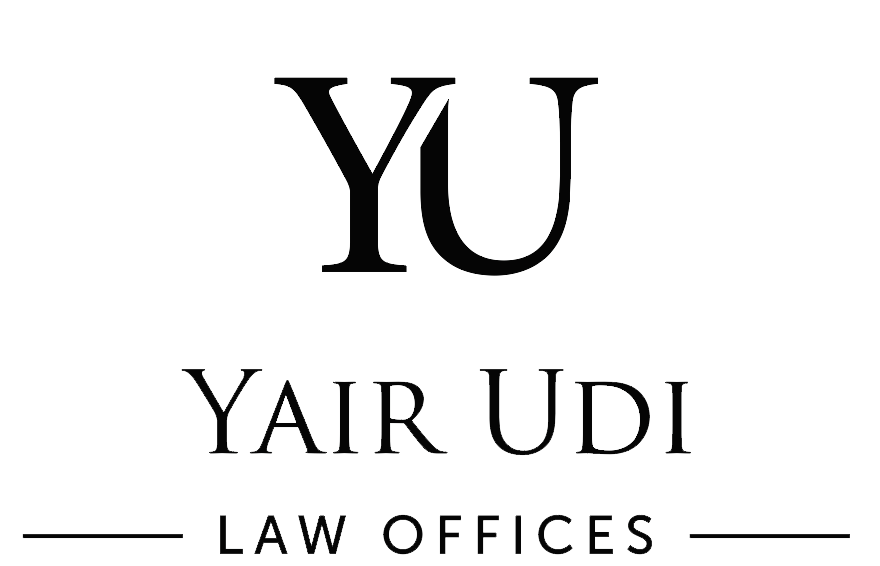Protective provisions or veto rights are usually granted to the preferred stockholders (stockholders’ purchasing preferred stock) and they allow them to exert power to approve or disapprove specific decisions or actions taken by the company that could have an adverse impact on their investment, or any matter considered to be material.
These rights usually serve as a shield to protect the minority stockholders from the actions taken by the common majority. In short, the holder of these rights can veto or block certain actions and the company cannot approve the specified transactions without the written consent of the requisite holder. The concept of veto bypasses the “majority rule,” as it allows stockholders holding less than 50% of the stock of a company, to veto certain matters.
The parties can negotiate a variety of scenarios that require approval of preferred stockholders or the preferred appointed director(s).
The most common veto are the following:
- Approval prior to the sale, liquidation, dissolution and winding up affairs of the company.
- Effecting an IPO, an ICO, a SPAC transaction or a like.
- Amending altering or repealing any of the provisions of the charter, articles of association or bylaws (depending on the company’s jurisdiction) in a way, or sometime limited to a way that adversely affects the rights of preferred stockholders.
- Changing the authorized number of stock of common stock or preferred stock.
- Creating new series or classes of stock that have rights and privileges senior to or on parity with the preferred, a veto that could effectively block the next financing.
- Purchase or redeem or pay any dividend on any capital stock in preference over the preferred stock.
- Changing the composition of the board of directors.
- Changing the company’s field of activity.
- Changing the signatory rights of the company.
- Appointing or dismissing officers / c-level employees.
- Grant of options to employees and service providers
- Increasing the ESOP pool
The list is not exhaustive but it gives an idea of the type of events when the preferred stockholders can exercise their veto rights. These rights are generally enumerated in detail within the articles of association which makes it difficult to amend.
After understanding the meaning and nature of protective provisions, it becomes pertinent to discuss why preferred stockholders insist on having them. Usually, the investors do not have much say in business transactions and actions taken by a company, as most of the time, and especially in early stages, preferred stockholders do not own majority of the company’s stock, and are also not taking part in the active management of the company. Accordingly most major decisions are taken by the board of directors and the management of the company (c-level executives) and in some cases a stockholders’ approval is required.
The protective provisions help preferred stockholders exert control over certain specified actions taken by the company and force the management and the board of directors to seek specific approval and this, in turn, allows them to protect their interests. Without protective provisions, preferred stockholders do not have much power to influence the actions taken by the company because usually, they do not own the majority of the stock. From the above discussion, it becomes evident as to how protective provisions safe minority preferred stockholders from the action taken by the common majority.
Though protective provisions can be demanded by preferred stockholders, a startup’s founders should understand and negotiate them properly. They should weigh the pros and cons before deciding whether a separate preferred series vote, in contrast to a single class preferred stock voting, is required for the approval of important transactions. There are scenarios when an investor can use these rights to serve their interest and ignore the overall interest of the company.
The most common difficulty arises when the company raises multiple rounds of capital and each series of stock possesses separate veto rights as an alternative to aggregate veto right for all preferred. Similarly, a problem arises when the company is proposed to be sold and acquired by some other entity. The board of directors decided to sell the company along with stockholders consent but the preferred stockholders can veto the sale if they don’t want to sell the company now. In such scenarios, separate veto rights indeed cause a significant problem.
Following are the key considerations for founders that are necessary for negotiating protective provisions:
- Minimum threshold Requirement: For the applicability of protective provisions the company can indicate a minimum number of stock of authorized shares and the voting threshold such as majority or unanimous approval.
- Qualifying specific vetoes with thresholds: For example, the company is free to create and issue a new class of stock if the price is 2x the last round price per share. Also the company is free to go for an IPO if the company’s valuation at the IPO is at least M$ X, and the company is even free to effect a merger if the preferred stockholders get at least 2x in return over their investment.
- Not agreeing to certain vetoes: A lot of times, founders have a concrete understanding of where their startup is heading, and if a pivot, or other material change needs to be made. Knowledgeable and experienced founders may not allow a stockholder holding a minority stake in the startup, preventing or delaying a change, when they feel a change is needed. Of course, the investor should be heard, but in practice, having unsatisfied founders working on a domain they feel is wrong, would not do justice to everyone, so perhaps this veto does not make sense, to begin with.
The same problem can arise when the company wants to increase the ESOP pool. ESOP serves as a hiring tool. But if an investor blocks an increase in fear of dilution, then he/she can put unrequited and perhaps illegitimate pressure on a startup. This is a case of conflict of interest, and the founders should negotiate the scope of this veto. - Pay to play – Founders can demand that an investor must continue investing in the company (exercising its pro rata rights in full), to keep its veto rights.
Veto rights are of equal importance for both investors and companies, and play a significant role in VC deals. The rights are useful for a startup to attract preferred stockholders whereas the rights are desirable for preferred stockholders because it gives them control over significant actions taken by a company.
Without these rights, the preferred stockholders are not left with any choice but to agree with decisions taken by the majority at the board of directors and shareholder level. Preferred stockholders can demand these rights by negotiating with the founders. As already mentioned. Startup founders should grant these rights after fully understanding the repercussions of these rights.
DISCLAIMER
This content is brought to you for informational purposes only, you should not construe any such information or other material as legal, tax, investment, financial, or other advice. Nothing contained on this website constitutes a solicitation, recommendation, endorsement, or offer by any person or any third party service provider to buy or sell any securities or other financial instruments in this or in in any other jurisdiction in which such solicitation or offer would be unlawful under the securities laws of such jurisdiction.
THIS ARTICLE IS PROVIDED FOR INFORMATIONAL PURPOSES ONLY AND DO NOT CONSTITUTE LEGAL ADVICE. THIS ARTICLE IS PROVIDED WITHOUT ANY WARRANTY, EXPRESS OR IMPLIED, INCLUDING AS TO ITS LEGAL EFFECT AND COMPLETENESS. THE INFORMATION SHOULD BE USED AS A GUIDE AND MODIFIED TO MEET YOUR OWN INDIVIDUAL NEEDS AND THE LAWS OF YOUR STATE, BY INDEPENDENT COUNSEL YOU RETAIN. YOUR USE OF ANY INFORMATION CONTAINED IN THIS ARTICLE, IS AT YOUR OWN RISK. WE, OUR EMPLOYEES, CONTRACTORS, OR ATTORNEYS WHO PARTICIPATED IN PROVIDING THE INFORMATION CONTAINED HEREIN, EXPRESSLY DISCLAIM ANY WARRANTY, AND BY DOWNLOADING OR USING OR RELYING ON THIS ARTICLE; NO ATTORNEY-CLIENT RELATIONSHIPS ARE CREATED. DO NOT USE THIS ARTICLE WITHOUT AN INDEPENDENT LAWYER YOU HAVE SPECIFICALLY RETAINED FOR SUCH PURPOSE.
© 2022 Yair Udi – Law Offices. All rights reserved

